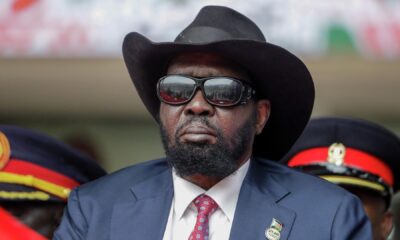The 2022/23 budget to be pronounced by the National Treasury Thursday is projected to top Kshs. 3.3 trillion against a backdrop of rising cost of living as prices of basic commodities skyrocket.
With the prevailing circumstances, the National Treasury Cabinet Secretary Ukur Yatani is expected to increase subsidy programmes and stimulus packages to check inflation.
Early this week the government released Kshs. 34.4 billion as fuel subsidy fund to ease the fuel shortage that was occasioned by a standoff between marketers and the government.
This came days after the government disbursed Kshs. 5.7 billion for fertiliser subsidy to reduce costs to an average of Kshs. 2,800 after the costs of the fertiliser had skyrocketed to Kshs. 7,000 in some regions.
The budget estimates point to more subsidy programs as the government is expected to continue with the third phase of economic stimulus packages.
According to the Budget Policy Statement for this year’s budget, agriculture has been allocated Kshs. 63.9 billion.
Part of the allocation will be used for additional fertiliser subsidies as the government said the Kshs. 5.7 billion supplementary allocation was a shorter intervention to support the planting seasons that has already started in some parts of the country.
The fertiliser subsidy is expected to reduce the cost of food production in the country and cushion Kenyans from escalating food prices. During the budget the government will also allocate funds for a framework that will facilitate the reduction of cost of animal and chicken feeds.
The framework if passed by parliament will supplement the government’s efforts to lower the cost of feeds in the country that has seen millers allowed to import yellow maize for feeds manufacture.
The energy and infrastructure sectors are projected to be allocated Kshs. 364.3 billion in the 2022/23 financial year.
Part of the funds will go towards implementing phase two of the 30% power cost reduction plan.
Kenya Power estimates it needs Kshs. 24 billion annually to bridge the revenue deficit if the 30% power reduction programme is implemented.
The first phase of 15% reduction in electricity cost was implemented in January with second phase of another 15% reduction is expected in June.
Still on the energy sector, the budget is also likely to see additional allocations to fuel subsidies to stabilise pump prices amid escalating international crude oil prices.

 General News1 day ago
General News1 day ago
 Business News7 days ago
Business News7 days ago
 Entertainment6 days ago
Entertainment6 days ago
 General News1 day ago
General News1 day ago





